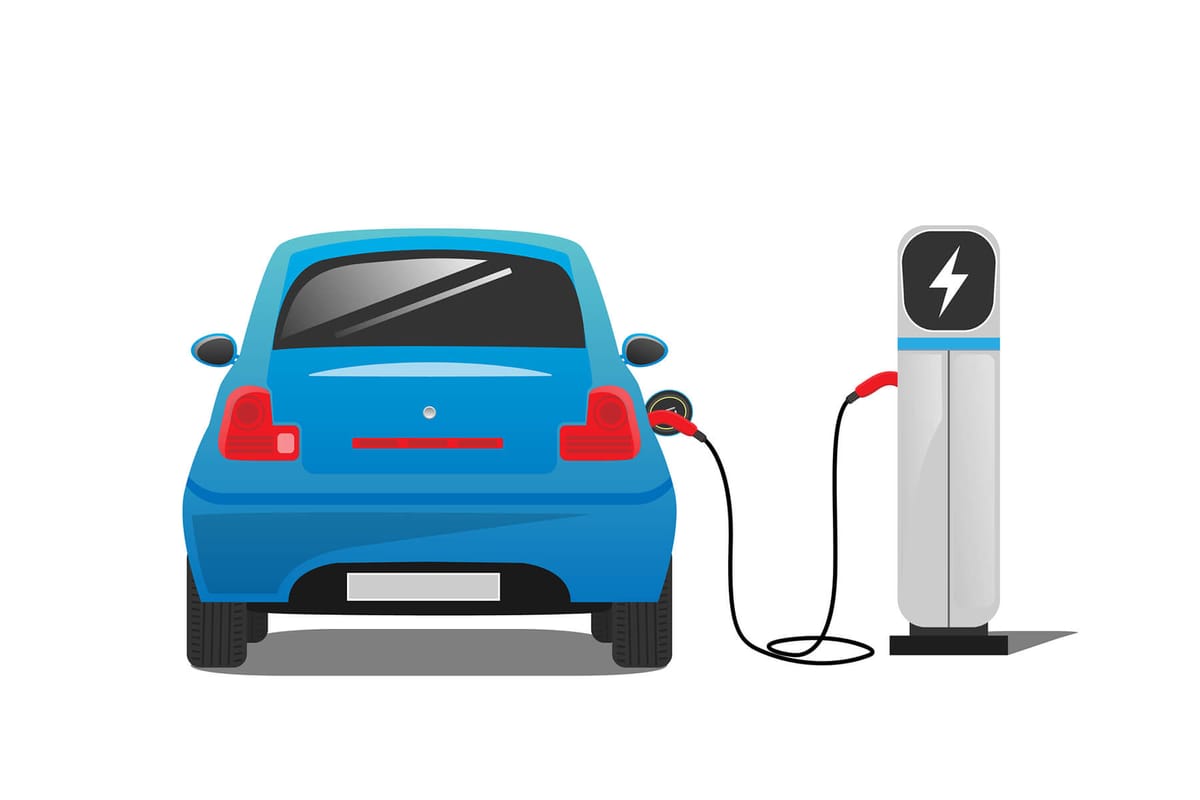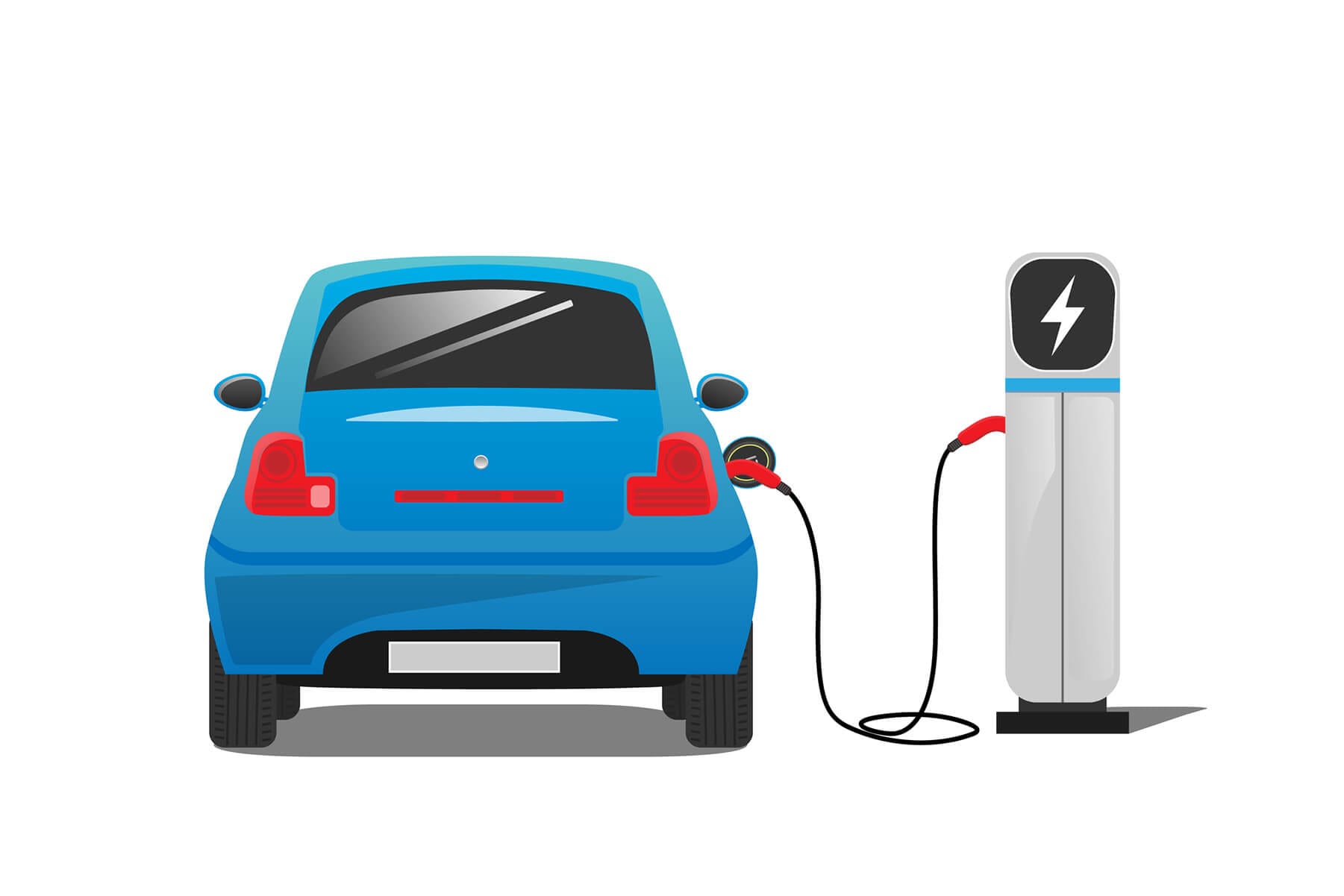Should You Charge Your Electric Vehicle Battery to 100 Percent?
As electric vehicles (EVs) become increasingly popular, owners often seek guidance on the best charging practices to maximize battery performance and longevity.


As electric vehicles (EVs) become increasingly popular, owners often seek guidance on the best charging practices to maximize battery performance and longevity.
One common question that arises is whether it's advisable to charge an EV battery to a 100 percent state of charge (SOC).
In this article, we delve into the considerations surrounding this topic and provide insights into optimal charging strategies for EV owners.
Read: Charging Stations in Kenya.
Understanding State of Charge (SOC):
State of charge (SOC) refers to the percentage of a battery's maximum capacity that is currently available for use.
For example, a battery at 100 percent SOC is fully charged, while a battery at 50 percent SOC has half of its maximum capacity remaining.
EVs typically display SOC information on their dashboard or infotainment systems, allowing drivers to monitor battery levels.
The Pros and Cons of Charging to 100 Percent SOC:
- Pros:
- Maximum Range: Charging an EV battery to 100 percent SOC provides the maximum driving range available on a single charge. This is advantageous for long trips or situations where access to charging infrastructure may be limited.
- Convenience: A fully charged battery offers greater flexibility and convenience for EV owners, reducing the frequency of charging stops during daily commutes or travel.
- Cons:
- Battery Degradation: Charging a lithium-ion battery to its maximum capacity can accelerate degradation over time. High SOC levels, particularly when sustained for extended periods, can lead to increased stress on the battery cells, resulting in reduced longevity.
- Heat Generation: Fully charging a battery can generate additional heat, which may contribute to thermal stress and degrade battery performance over time. Excessive heat can also compromise safety and lead to potential battery-related issues.
Read: Electric car batteries to charge in five minutes
Optimal Charging Practices for EV Owners:
- Balanced Charging: To strike a balance between maximizing driving range and preserving battery health, EV owners can adopt a strategy of partial charging. This involves charging the battery to a level that meets their immediate driving needs without necessarily reaching 100 percent SOC.
- Avoiding Sustained High SOC: While occasional charging to 100 percent SOC is unlikely to cause significant harm, EV owners should avoid keeping the battery at maximum capacity for prolonged periods, especially in environments with high temperatures.
- Utilize Scheduled Charging: Many EVs offer scheduled charging features that allow owners to program charging times based on their daily routines. This enables EV owners to optimize charging while minimizing the time spent at high SOC levels.
Related: How Much Solar Do I Need to Charge My Electric Car?
Conclusion:
While charging an electric vehicle battery to 100 percent SOC provides maximum driving range and convenience, it also poses potential risks to battery longevity and performance.
EV owners should weigh the benefits and drawbacks of charging to full capacity and adopt charging strategies that prioritize battery health while meeting their driving needs.
By practicing balanced charging and utilizing scheduling features, EV owners can optimize battery performance and prolong the lifespan of their electric vehicle batteries.




